Tinglin Park, the beautiful mountains in Jiangdong
★ Tourist location: Tinglin Park, Kunshan, Suzhou
It was already a little late when I arrived at Tinglin Park. I didn't come specifically to visit the park, but mainly for the famous Zaozao Noodle Restaurant at the door. It seemed a little early for dinner, and the place nearby seemed worth visiting was Tinglin.
Tinglin Park is located in the urban area of Kunshan. In 1906, it was built as Ma 'anshan Park. The so-called Ma' anshan is actually Yufeng Mountain in the park. Although the mountain is not high, it looks like a saddle. In 1936, in memory of Gu Yanwu, it was renamed Tinglin Park. Gu Yanwu, whose original name was Gu Jiang, also known as Ning Ren, was known as Mr. Tinglin. He was an outstanding thinker, Confucian scholar, historian, and phonologist in the late Ming and early Qing Dynasties. Together with Wang Fuzhi, Huang Zongxi, and Tang Zhen, he was called the four major enlightenment thinkers in the late Ming and early Qing Dynasties.
Tinglin Park is known as "the beautiful mountains in Jiangdong". It can be seen that the mountains really don't have to be high, as long as they have characteristics, celebrities and allusions. Landscape expert Chen Congzhou commented that Tinglin Park is "the best garden in the south of the Yangtze River, and the spring is in Yufeng." In ancient times, there was a saying of seventy-two scenic spots in Tinglin. It can be seen that there are many scenic spots and historic sites that have always been tourist attractions. In addition to the beautiful scenery and legendary humanities, there are also the three treasures of Yufeng: Kunshi, Qionghua, and Bingtilian. The flowering period of Qionghua is in April every year, and the flowering period of Xiangtilian is in July and August, so we can only see Kunshi when we come in October. Anyway, things like stones will be there no matter whether it is cloudy or warm or cold.
During the epidemic, only the main entrance of Tinglin Park was open. Of course, we don't actually know how many doors are opened here. There is an archway at the entrance. It is three rooms wide and very tall. The inscription "Jade Out of Kungang" refers to Kunshi. It is said that even Kunshan's name is because Kunshi borrowed it from Kunlun Mountains.
Entering the door is a small garden, which can be regarded as a garden within a garden. The Jiangnan garden format with small bridges and flowing water, with thick shade and green trees, and a folded bridge on the pond.
Kunshi Hall has a construction area of 900 square meters and displays 49 pieces of Kunshi fine works. The three characters "Kunshi Hall" are handwritten by Mr. Lu Jiaheng, a famous calligrapher in Kunshan. Kunshi is naturally porous and crystal clear. No piece of natural Kunshi has the same shape. It is also known as Linglong Stone. Together with Lingbi Stone, Taihu Stone and Yingshi, it is called the four famous stones. Kunshi was mined from Yufeng Mountain and has a history of nearly a thousand years. Yushan Town in the Main City of Kunshan is also named after Yufeng Mountain. On the east side of the park, there are two square pavilions displaying the two largest Kunshi pieces,"Spring Clouds Appear from the Roadside" and "Autumn Water Waves". Even the names are so pleasant.
Behind Kunshi Hall is Qiong Garden, but unfortunately, the Qiongghua flowers are not in full bloom at this moment, leaving only a stone tablet and a piece of greenery. The largest Qionghua tree is more than three hundred years old.
The Kunqu Opera Museum is an ancient building in the Ming and Qing Dynasties. At the entrance, you will see an exquisite Jiangnan garden. The exhibition hall is a two-story blue brick building. The south is the stage, and the opposite and sides are like stands and boxes. The exhibition hall introduces the origin of Kunqu Opera, as well as Wei Liangfu, Gu Jian and others who have contributed to the development of Kunqu Opera. There are four famous operas carved on the wall: Liang Chenyu's "The Story of Washing the Shade", Tang Xianzu's "Peony Pavilion", Hong Sheng's "Temple of Longevity", and Kong Shangren's "Peach Blossom Fan". Each of them is a shining pearl in the history of opera. However, people who don't know enough about Kunqu Opera may have a headache about the large amount of written historical materials.
Gu Wenkang Gong Chonggong Shrine is an ancestral hall commemorating Gu Dingchen, with a building area of only 120 square meters. Gu Dingchen was the first scholar in the 18th year of Hongzhi of the Ming Dynasty. He was a minister and chief assistant to the cabinet of the Ming Dynasty. He was born in Kunshan. He died in the 19th year of Jiajing at the age of sixty-eight. He was posthumously awarded the posthumous title of "Wenkang" and the posthumous title of "Wenkang". You know, being able to have the word "Wen" in the posthumous title is the greatest recognition of a civil minister.
On the lawn in front of the Gu Yanwu Memorial Hall, there is a granite stone statue of Gu Yanwu. His eyes are looking into the distance with a bright look. His clothes are fluttering and his sleeves seem to be still worried about the country and the people. On the wall behind him is engraved with Gu Yanwu's famous sentence: "Every man is responsible for the rise and fall of the world."
Walking into the gate of the memorial hall, there is a glass screen with the words "Gu Yanwu Memorial Hall". The museum uses detailed graphic materials to introduce Mr. Gu's life and achievements. It was built in the early 35th of the Republic of China. It was called the "Mr. Tinglin Temple" at that time and was later renamed the Memorial Hall. The main hall has a brick and wood structure, and the "Gu Yanwu Memorial Hall" on the forehead of the door was written by Hu Juewen, Vice Chairman of the Standing Committee of the National People's Congress.
Gu Yanwu is Qiandeng Town, Kunshan. We visited Qiandeng Ancient Town in the past. There are Gu Yanwu's former residence and cemetery, and the cultural relics are richer than here.
The Bingti Lotus Flower Pond is still there, but there are no flowers in the pond now. It is said that this lotus flower is a Tianzhu variety introduced by Gu Aying, a famous poet in the late Yuan Dynasty. It was originally located in Dongting, Zhengyi Town, so it is also called Dongting Lotus. There are as many as thirteen flower heads in clusters, with "double stems" as a famous product. Unfortunately, this Jiayuan was filled out during the Cultural Revolution, and this wave of operation was simply speechless. We saw a stone tablet of Andi Lotus in the shade of the tree, indicating that the pool was planted with Andi Lotus. This lotus pond was transplanted after liberation, and was also transplanted to the Humble Administrator's Garden in Suzhou and the West Lake in Hangzhou. Zhou Shoujuan once praised it as "unique in color and fragrance, but different from ordinary flowers." I heard that in July and August, flowers bloom all over the pool and are very beautiful.
It seemed that it was getting late, but we were in a hurry, as if we were only halfway through the game. At first glance, it seemed that there was still a temple and garden-style buildings, but we had to give up regrettably.
I came out and saw that the canna at the gate was blooming just right, and the pink and yellow flowers were very beautiful. There were actually a few lotus flowers in the pond that had not withered, and there was even one with a bud. I used to see lotus flowers in full bloom in September and thought it was late lotus flowers. I didn't expect that the lotus flowers here would actually open in mid-October!
Go straight out is the Aozao Hall, which is where we came here. The purpose of inserting into the urban area of Kunshan from Yangcheng Lake is for this bowl of noodles. Aozao Noodle is known as one of the top ten noodles in China. Aozao Restaurant is a famous noodle restaurant in Kunshan. It has a history of nearly a century and can be called a century-old store. Aozao noodles means "the mystery lies at the top of the stove". According to legend, during the Tongzhi period of the Qing Dynasty, Yan Chenshi took the strengths of the north and south pasta and made red oil noodles with white soup and red noodles. They were deeply loved by diners, so the business was very prosperous. Some colleagues are jealous and maliciously slander the noodles they sell as "Aozao noodles", but their noodles are really delicious, so customers still like this. A scholar suggested simply adopting its homophonic tone and using the word "Aozao" as a sign, so it was officially named Aozao Noodle and soon became famous all over the world and became a famous snack in Jiangnan. The noodles are really delicious. No wonder there are so many diners. We each had a bowl of food and we were still not satisfied, so we ordered another bowl of food before embarking on the journey home contentedly.
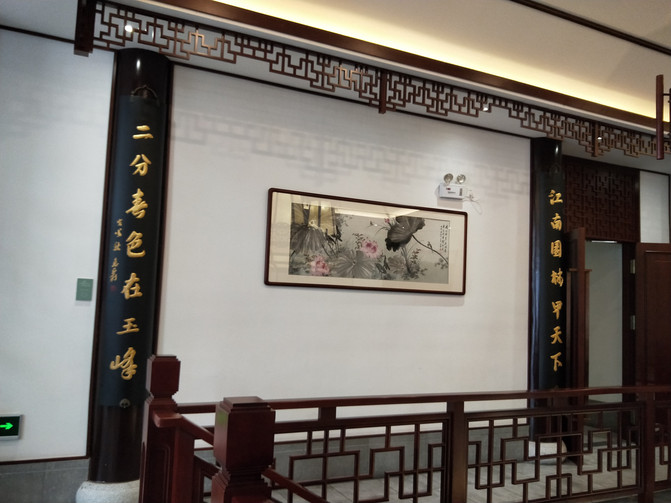

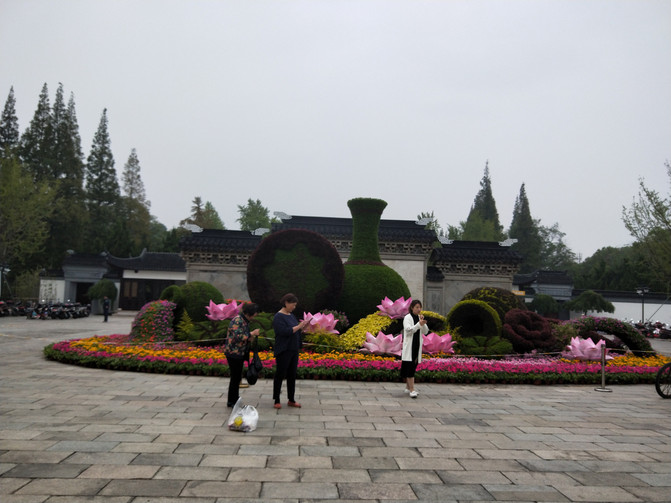














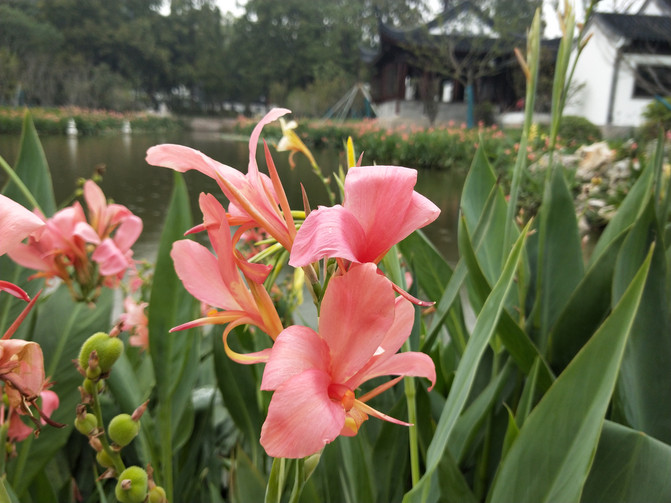





















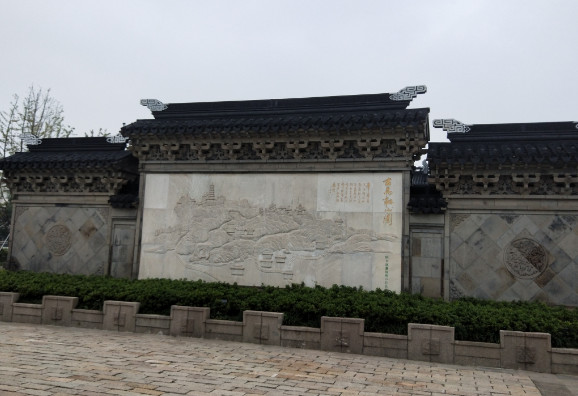


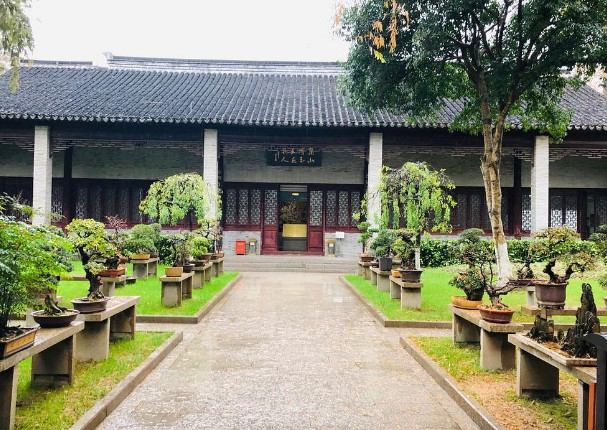
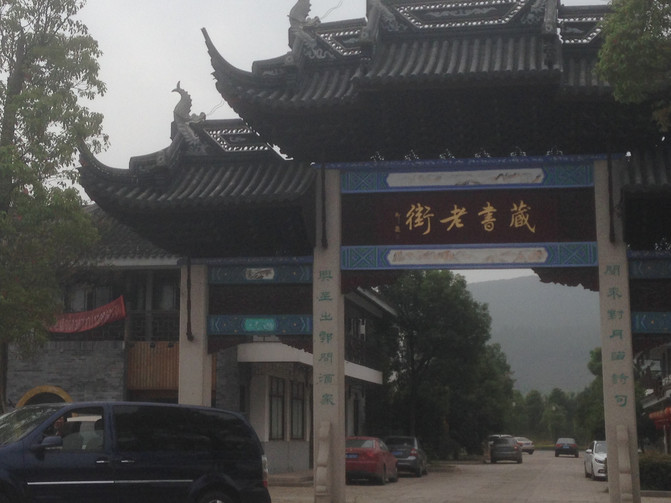

Previous Article:Qili Mountain Pond, the most worthwhile night view in Suzhou
Next Article:Baoyan, a natural oxygen bar at the southern foot of Yushan Mountain (middle)
